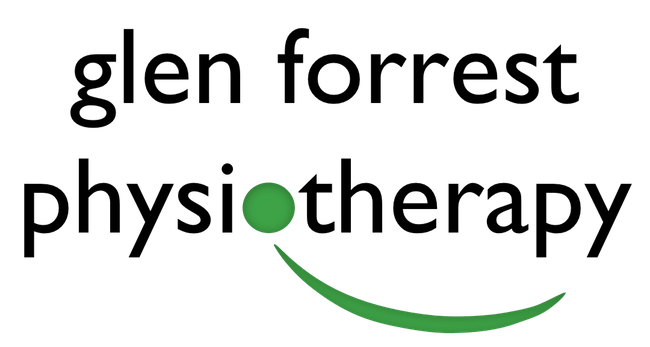Understanding Low Back Pain
Low back pain is a common issue that affects people of all ages and lifestyles. It can range from a dull, constant ache to a sudden, sharp pain. Understanding the causes and treatments for low back pain can help manage and alleviate symptoms effectively.
What Causes Low Back Pain?
- Muscle Strain: Overuse, heavy lifting, or sudden movements can cause muscle or ligament strains.
- Disc Problems: Herniated or bulging discs can press on nerves, causing pain.
- Arthritis: Osteoarthritis can affect the lower back, leading to pain and stiffness.
- Posture and Lifestyle: Poor posture, prolonged sitting, and lack of physical activity can contribute to low back pain.
How Can Physiotherapy Help? Physiotherapy plays a crucial role in the management and treatment of low back pain. At Glen Forrest Physiotherapy, our experienced physiotherapists provide personalized treatment plans that may include:
- Manual Therapy: Techniques such as mobilization and manipulation to reduce pain and improve mobility.
- Exercise Therapy: Tailored exercises to strengthen the back and core muscles, improve flexibility, and enhance overall function.
- Education: Advice on posture, ergonomics, and activity modification to prevent further injury.
- Pain Relief Techniques: Modalities such as heat, ice, and electrotherapy to manage pain and inflammation.
Why Choose Glen Forrest Physiotherapy? Adam Fowler, one of our highly experienced physiotherapists, has many years of expertise in treating low back pain. His comprehensive approach ensures that each patient receives the best possible care tailored to their specific needs.
What Can I Do at Home to Help My Low Back Pain?
- Stay Active: Engage in low-impact activities like walking or swimming to maintain mobility. ‘Motion is Lotion’.
- Use Proper Lifting Techniques: Bend your knees and keep your back straight when lifting heavy objects.
- Maintain Good Posture: Ensure your workspace is ergonomically set up and avoid slouching.
- Stretch Regularly: Incorporate stretching exercises into your daily routine to improve flexibility.
When Should I Seek Professional Help? If your low back pain persists for more than a few weeks, is severe, or is accompanied by other symptoms such as numbness or weakness in the legs, it’s important to seek professional advice. Early intervention can prevent the condition from worsening and promote a quicker recovery.
How Can I Prevent Low Back Pain During Winter?
- Stay Warm: Cold weather can tighten muscles, so keep your lower back warm with appropriate clothing.
- Stay Active: Don’t let the cold weather deter you from staying active. Indoor exercises can be a great alternative.
- Be Cautious with Winter Activities: Take care when shovelling snow or engaging in winter sports to avoid straining your back.
By understanding the causes and treatment options for low back pain, you can take proactive steps to manage your condition and maintain a healthy, active lifestyle. If you have any questions or need further assistance, don’t hesitate to book an appointment with Adam Fowler at Glen Forrest Physiotherapy.

